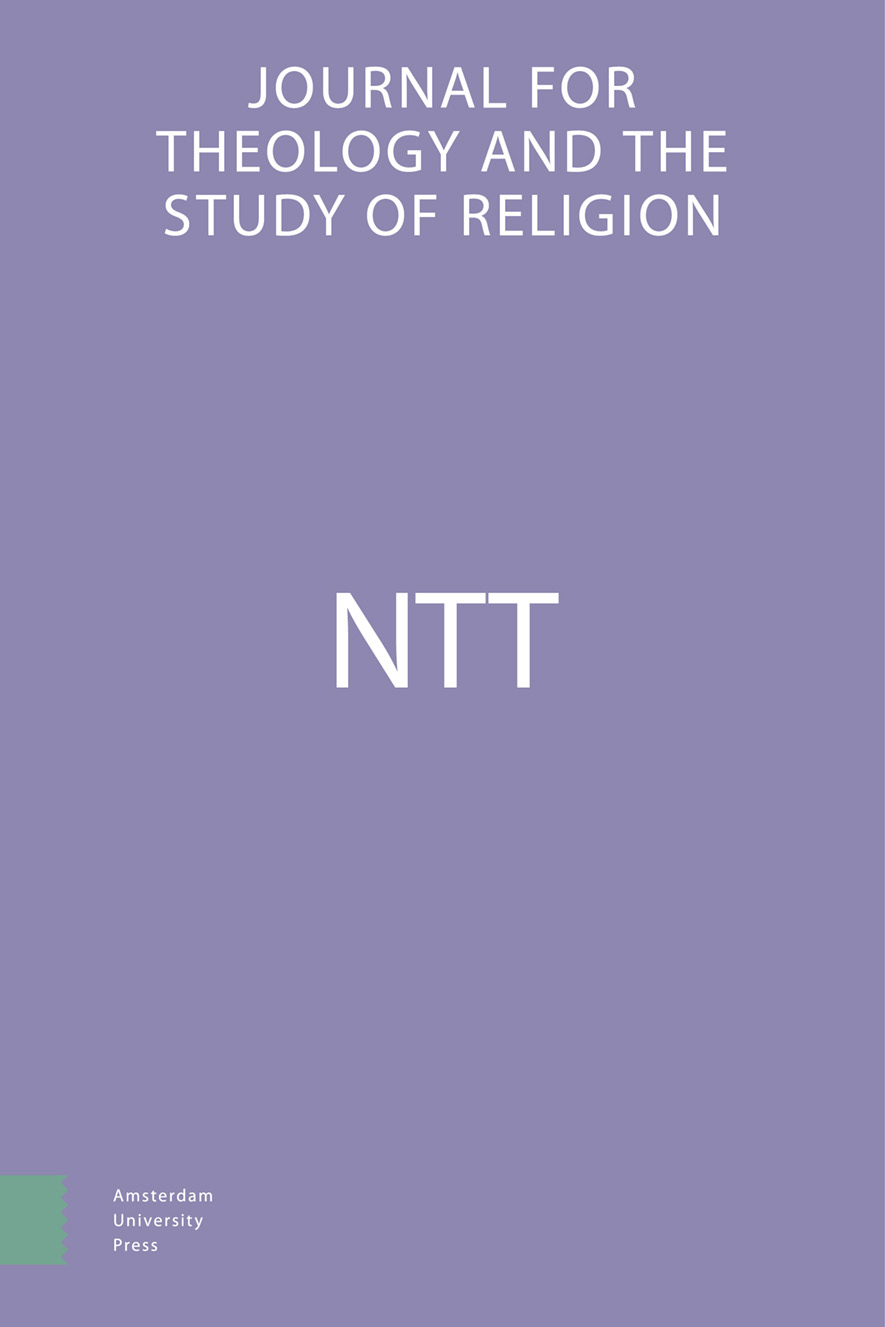-
oa Religie, recht en de kennis van goed en kwaad
- Amsterdam University Press
- Source: NTT Journal for Theology and the Study of Religion, Volume 71, Issue 4, Nov 2017, p. 348 - 359
Abstract
It is not sufficient to take a purely formal approach to the question whether laws are just, as Witteveen does in his ten nomoi. Laws should not only meet procedural norms, but should also adhere to material and moral standards. Religion is one of the sources for morality, including our conception of justice. What are the consequences of this for the place of religion in the public sphere? What relation exists between religious and legal norms? The Dutch interpretation of the relation between state and religion is relatively flexible. Despite the constitutional separation of church and state, there is room for religion in the public sphere. Furthermore, the state can under special circumstances intervene in the private, religious sphere. But due to this flexibility, new questions arise to which the law does not provide answers. The present contribution addresses a particular issue that has been the subject of litigation: is it appropriate for civil servants to wear religious symbols, such as a headscarf, turban or yarmukle? The author argues that in these cases it is insufficient to appeal to the neutrality of the state. Neutrality is not an external feature, but it is the state of mind with which civil servants perform their functions.


